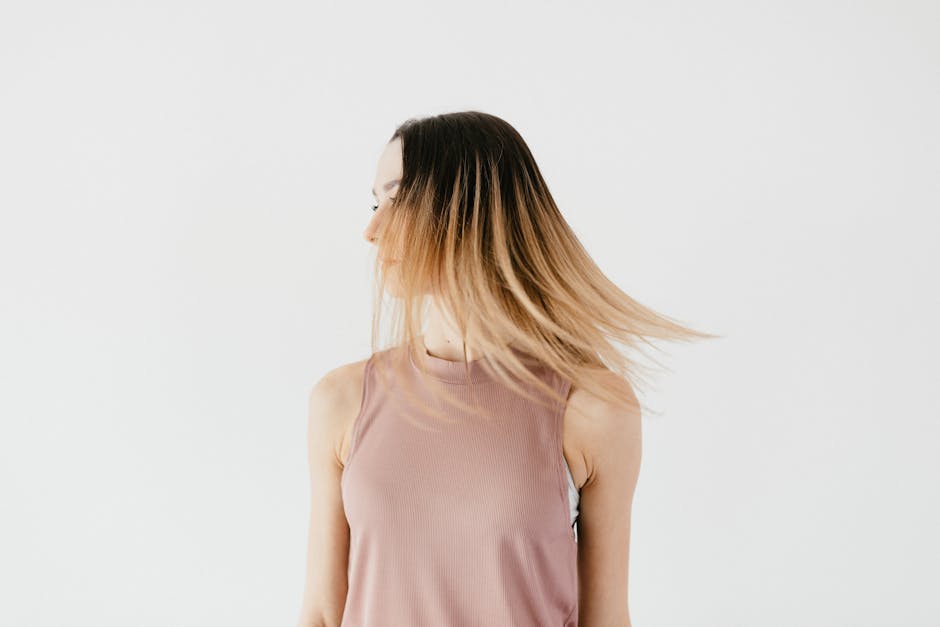Dr. Matt Hutton’s Guide to Varicose Veins

You probably already recognize the enlarged veins which become twisted and show up on some people’s lower legs as varicose veins. You might have recognized that they are incredibly common. According to the Vascular Surgery Society, more than a third of Americans have them. However, they are more than just a cosmetic issue.
Varicose veins can become a serious health concern if you leave them untreated. Though there is no complete cure for the vein disease, there are a number of different treatments that can reduce their appearance and reduce the risk of complications.
Here’s the ultimate guide to varicose veins.
How Varicose Veins Develop
When the blood travels from the heart and lungs to different parts of the body, delivering oxygen and returning once more to get more oxygen. Arteries carry blood that is full of nutrients and oxygen from your heart to the other areas of the body. The veins then move the blood that has been filled with toxins and byproducts back to the lungs and heart to remove the toxins and get more oxygen.
The arteries have an easy job getting the blood down towards your feet because of gravity. The veins have no such helper. They have to work against gravity to force the blood back up towards your heart. Often, the valves in the veins will close after the blood has passed to prevent the blood from pooling or flowing backward. However, the valves can become weak over time as the walls of the veins become less elastic. This causes the blood to begin to pool in the veins of your lower legs.
The blood presses against the weakened walls of the veins, creating a bloated and twisted appearance. The varicose veins often develop deep within the body tissues. If it is left untreated, the toxins and other waste products remain too long in the tissues. It causes venous ulcers that are difficult to heal because they don’t get enough oxygen and nutrients.
It can also cause blood clots because the blood might stagnate in the veins. If the blood clots begin to move to your lungs, heart, or brain, you will need to be treated by a doctor immediately.
Risk Factors and Symptoms
If you notice you have twisted veins that are dark purple or bulging, you may have varicose veins. Many people also experience other symptoms like throbbing, swelling of the ankles and calves, pain, itching, and skin discoloration.
There are a number of risk factors, including age, family history, gender, obesity, pregnancy, and sitting or standing for long periods of time. Women have a higher risk of getting varicose veins because they experience changes in hormones throughout menstruation, menopause, and pregnancy. Pregnancy also causes an increase in blood volume, placing more pressure on the veins. If other members of your family have varicose veins, there is a high chance that you will also experience them too. If you stand or sit for a long time without moving, the blood is also more likely to accumulate in your legs and feet.
Vein Doc at Metro Vein Center
If you are experiencing symptoms of varicose veins, it is important to be treated by a vein doc or specialist like those at Metro Vein Centers. They have locations in Texas, New Jersey, New York, Michigan, an Pennsylvania. They created their first office in 2006 to help patients who suffer from venous diseases.
Dr. Matt Hutton is the Chief Medical Officer at the Michigan locations and he has more than 25 years of experience treating diseased veins. He was the Attending Vascular Surgeon at the University Hospitals of Cleveland.



